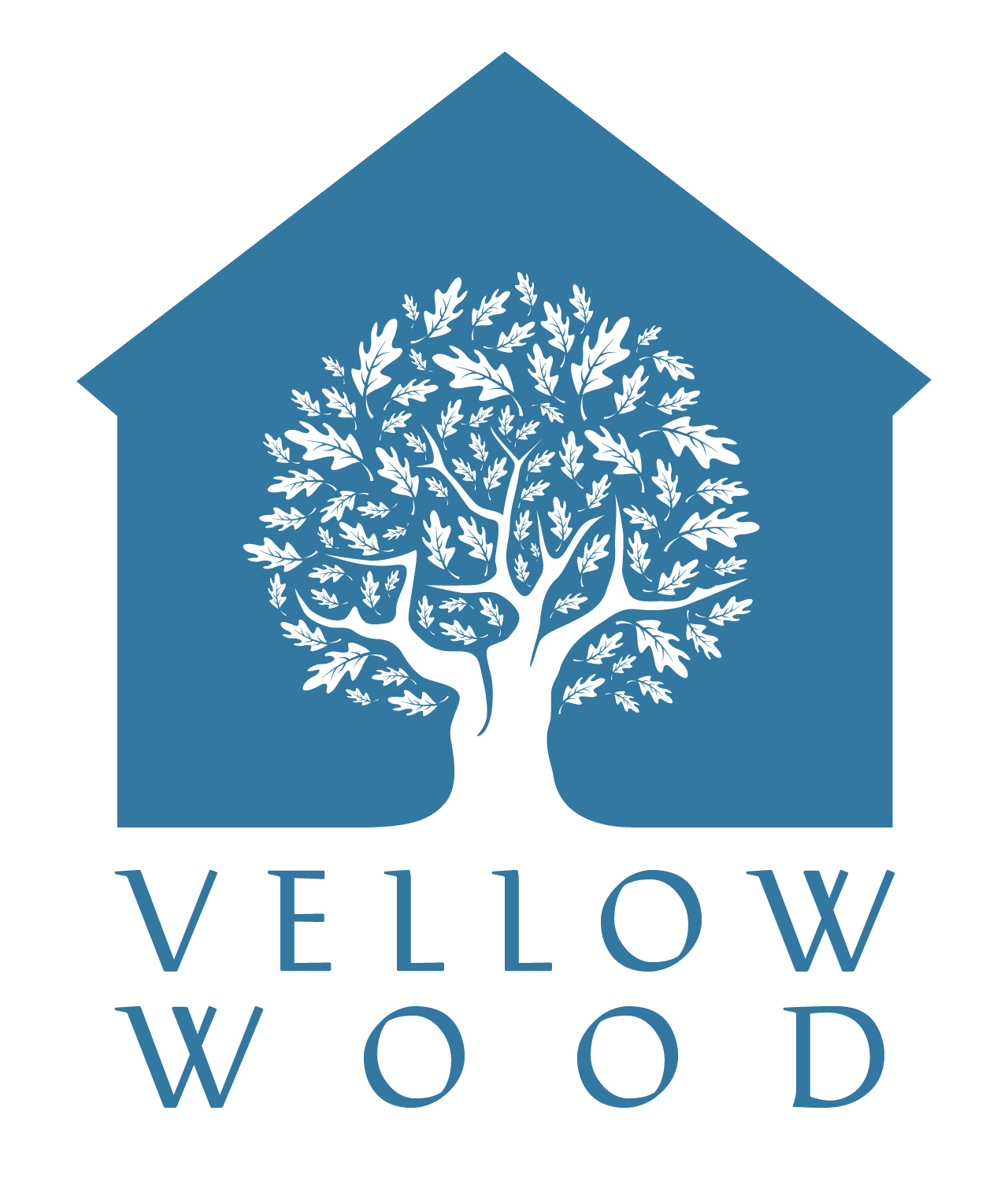Ways to Create Places that People Love
Everyone wants the place that they live to be more than simply functional. We desire a home. But what does ‘Home’ mean? It’s a concept that wraps up a sense of identity, as well as capacity for function. Home is us, it’s where we are rooted, where our children may one day say they’re from.
When working with people building their own homes, the discussion about what they want their home to be like teaches an architect the things their client values. Like weddings, many ‘forever homes’ are something that a person has dreamed of all their life with a great deal of detail.
And whilst every person is individual there are some general themes that most people are looking for in a home. And those things can apply to residential property developments as much as to self-builds.
It comes down to three things: Personal; Meaningful; and Relationship.
Personal
Each person wants to feel that their home is not just another brick in the wall but somewhere that that is unique to them. It has been said that “the Englishman’s home is his castle”.
Just as restaurants don't put out rows of identical tables but instead position them so that each one has a unique position of corner table, centre table, booth or window, even in larger property developments there are cost-effective ways to create a mix of different homes that give home buyers the feeling of individual service and a home that's personal to them.
Meaningful
Home is a place where we invest our memories and create lives for ourselves. In the same way the homes we love connect to our innate idea of what a home should be like
Look at these three:
Each of the pictured homes has associations and meanings to people: Polite, solid, formal, relaxed, homely, natural, etc
To shape those meanings in a home, architects working with self-builders need to talk to their clients about the style and the feel of their house alongside their desired practical features.
When working with developers our approach is different but similar. Having an understanding of the development’s target market means that we can create a range of homes that express some of the key values of warmth, stability, peace, connection, etc.
Relationships
Home is the place where much of our most important relationships occur and can have a significant impact on facilitating family life. We often ask clients to consider a range of spaces - with the open plan for relational connection and more enclosed parts like the ‘dad shed’ for introvert times. Children growing into adolescents have a particular affinity to their own space that they can shape how they want and individuate with.
When these three meet, and we create places for the person, that mean something to them, and facilitate their loved ones, then we create places that generations to come will love and call their own.





